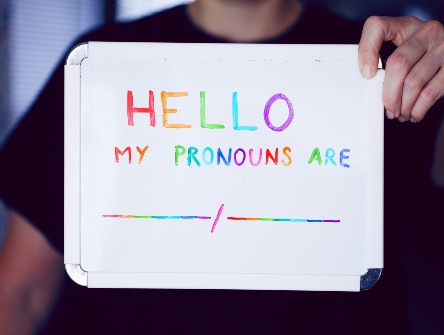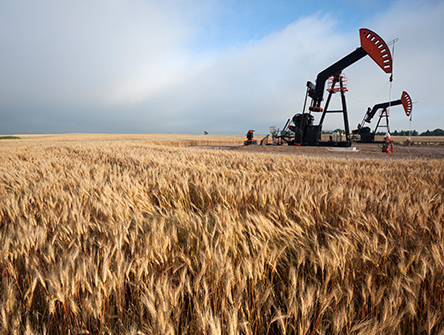The transitional space to learn Indigenous law
Ignoring what challenges us in this moment isn't an option if we want Indigenous law to flourish in all of its richness.
.jpg?ext=.jpg)
Do you recall your first day of law school? We remember that excited, yet uneasy feeling of being part of something new that would change our perception of the world. For many, we are at a similar juncture in our collective learning about Indigenous law.
People have engaged with Indigenous law since before there was a Canada. Indigenous peoples continue to live and practice their laws. Lawyers learn Indigenous law working alongside their clients or from their home communities. Scholars spend careers making Indigenous law visible, articulating and applying it to questions about citizenship, dispute resolution, and gender oppression. Legal research professionals collaborate with Indigenous communities seeking to revitalize their laws and respond to today’s challenges.
The baseline for this work shifted dramatically over the past five years. The legal profession experienced collective learning with the Truth and Reconciliation Commission’s Final Report (2015) and its Calls to Action 27 and 28. Lawyers recognize duties to see, learn and engage with Indigenous law in meaningful and respectful ways. This is an important step in addressing the history and legacy of Canadian law, and specifically how it has been used to dispossess Indigenous peoples from their lands and legal traditions.
We are on the cusp of a professional paradigm shift. The opening space for Indigenous law, and its accompanying ethical responsibilities, fills some with excitement, trepidation, and even discomfort. For many, this process involves relearning the nature of law and legal practice from the perspective of diverse and distinct Indigenous legal traditions.
How the legal profession responds in this moment matters.
Irrespective of discomfort or debates about Indigenous law’s place in legal practice, the demand from clients, nations, governments and the judiciary to articulate, apply and implement Indigenous law is intensifying. And Canadian law will continue to dominate our legal imaginations if we don’t find ways to take seriously, understand, and include Indigenous legal reasoning, processes, principles, and institutions in these efforts.
Ignoring what challenges us in this moment isn't an option if we want Indigenous law to flourish in all of its richness. Instead, we might accept personal discomfort as a necessary reflection of what it takes to re-imagine our profession. The work ahead requires us to re-think the location of expertise as solely in the body of the lawyer, build relationships and collaborate in new ways, and develop new critical thinking, reasoning and listening skills.
An equally important challenge is mentorship. The first cohort from UVic’s joint degree program in Canadian Common Law and Indigenous Legal Orders (JD/JID) graduates in 2022. These are not the first or only students eager to reflect the multi-juridical reality of Canada. But, they cannot carry this burden alone or without support. Nor should we dismiss or ignore their education, especially their exposure to Indigenous law and trans-systemic legal thinking. Instead, we should welcome, include, and value them for what they can teach us as we collectively reshape and broaden legal practice.
The challenge before us may seem overwhelming or untenable. We invite you to think back to your entry into the legal profession. It took law school, articling, and years of practice to achieve competency. For many, it will undoubtedly take longer to learn how to make space for Indigenous law on its own terms. There will be excitement and discomfort. But, if taken seriously, our collective learning will better us, our profession, and our relationships to the diverse legal traditions of the lands on which we practice.
The authors thank Dr. Rebecca Johnson for providing meaningful feedback on this article.
This article was inititially published in CBA-BC's BarTalk Magazine.


